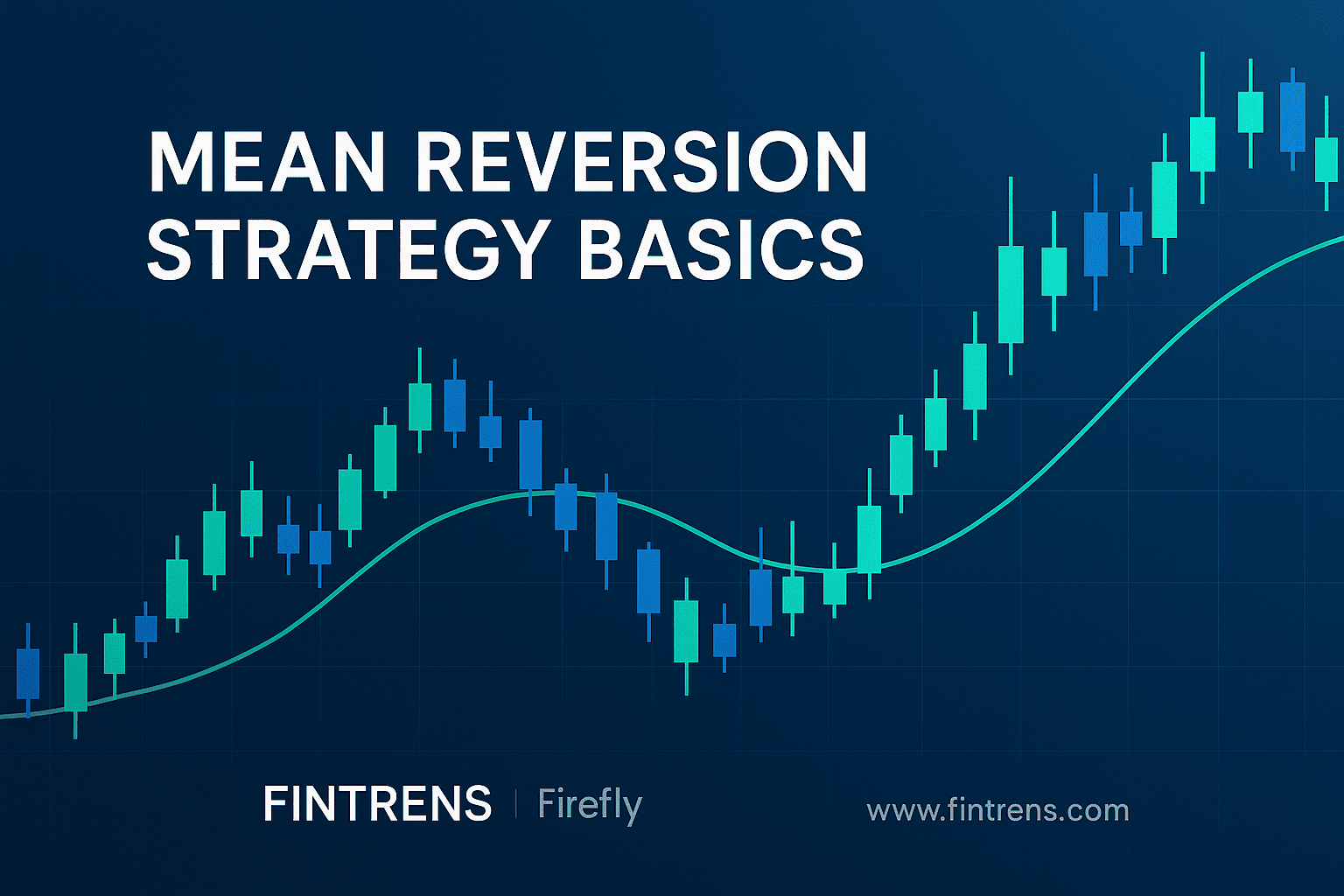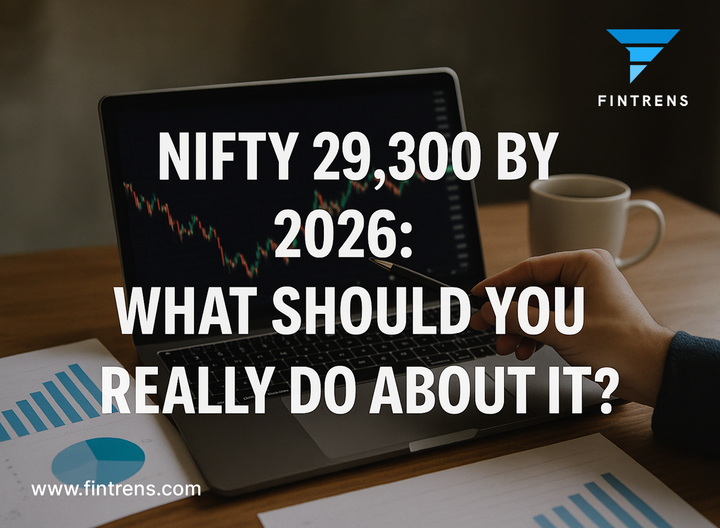Mean Reversion Strategy Basics: How It Works in Algorithmic Trading

Algorithmic trading in India is growing rapidly, and one of the most popular strategies among retail traders, hedge funds, and wealth-tech platforms is the Mean Reversion Strategy. This approach is based on a simple yet powerful assumption: asset prices eventually revert to their long-term average.
In this blog, we’ll break down the fundamentals of mean reversion, how it works, and how you can apply it to your portfolio—whether you’re an individual trader or exploring automated trading bots like Firefly by Fintrens.
1. Understanding the Mean
The "mean" in trading refers to the average price of an asset over a set period. Traders commonly use:
- Simple Moving Average (SMA): Calculates the average closing price over a fixed time (e.g., 20-day SMA = average closing price of the past 20 days).
- Exponential Moving Average (EMA): Gives more weight to recent prices, making it more responsive to short-term movements.
👉 If an asset price moves too far away from this average, mean reversion traders look for opportunities to enter positions expecting it to come back.
2. Identifying Overbought and Oversold Conditions
The success of mean reversion depends on spotting when an asset is too expensive (overbought) or too cheap (oversold). Two key indicators are widely used:
- Bollinger Bands:
- Two standard deviations above and below the SMA.
- Price touching the upper band = overbought, price touching the lower band = oversold.
- Relative Strength Index (RSI):
- Ranges between 0–100.
- RSI above 70 = overbought, RSI below 30 = oversold.
These tools help traders time their entry and exit with higher precision.
3. Entry and Exit Rules for Mean Reversion Trading
A basic mean reversion system follows clear rules:
- Entry Signal: When price crosses below the lower Bollinger Band or RSI drops below 30.
- Position Size: Allocate a fixed % of capital (e.g., 2%) to control risk.
- Exit Signal: When price reverts to the moving average or RSI returns above 50.
- Stop-Loss: Place a stop order at a pre-decided % below the entry to limit downside risk.
These rules make the strategy highly systematic and easy to automate using algo trading platforms.
4. Backtesting and Performance Validation
No trading strategy is complete without backtesting. To validate a mean reversion system:
- Use at least 3–5 years of historical data, covering both bull and bear markets.
- Track metrics like:
- ✅ Win rate
- ✅ Average return per trade
- ✅ Maximum drawdown
- ✅ Sharpe ratio (risk-adjusted return)
- Factor in transaction costs & slippage for realistic results.
Backtesting ensures the strategy is robust before deploying it live.
5. Risk Management Essentials
While mean reversion can deliver strong results in range-bound markets, it struggles in strong uptrends or downtrends. To protect your portfolio:
- Diversify across asset classes (stocks, commodities, forex).
- Blend with trend-following strategies to adapt across market regimes.
- Dynamic Position Sizing: Allocate less capital when volatility spikes.
This balanced approach reduces drawdowns and keeps performance consistent.
6. Next Steps – Smarter Mean Reversion with Firefly
Manual execution of mean reversion can be challenging due to speed, discipline, and risk controls. That’s where Firefly by Fintrens steps in.
🚀 Powered by Swarm Intelligence based stock trading, Firefly automates:
- Entry & exit signals
- Risk controls
- Millisecond execution
It’s not just another algo platform—it’s a ready-to-use trading bot built for transparency, ease of use, and zero hassle setup.
👉 Ready to explore the future of automated trading in India?
Check out Firefly and see how you can connect, invest, and relax.
🔗 Learn more: Firefly By Fintrens
#AlgoTrading #MeanReversion #AlgorithmicTrading #QuantitativeTrading #Fintech #AITrading #TradingStrategies #TechnicalAnalysis #SwarmIntelligence #RiskManagement #Firefly #Fintrens




